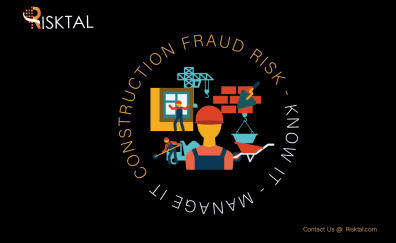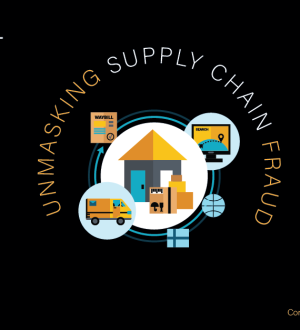
The Growing Risk of Fraud in Construction: What You Need to Know
Construction fraud is becoming an increasing concern for companies across the globe, as the industry’s inherent complexities make it susceptible to a range of fraudulent activities. From small-scale local contractors to multinational corporations, no business is immune to these risks. Understanding the potential threats is the first step toward safeguarding your projects and preventing unnecessary losses.
1. Substandard Materials and Cost-Cutting Corners
In construction, using high-quality materials is critical to ensuring the safety and longevity of buildings and infrastructure. However, some contractors may engage in fraud by using substandard materials while charging for premium ones. This cost-cutting practice not only leads to potential safety hazards but can also result in project failure and expensive rework.
2. Phantom Employees and Payroll Fraud
Payroll fraud is a significant issue in construction, where contractors may inflate labor costs by listing non-existent workers (often referred to as “phantom employees”) or falsifying overtime. In larger projects with hundreds of employees, tracking every laborer can be challenging, creating opportunities for dishonest contractors to take advantage of the system.
3. Front-Loading Payments
Front-loading occurs when a contractor manipulates the payment schedule to receive disproportionate funds early in the project. They may submit inflated invoices for initial work, leaving little money for the later phases of the project. If the contractor abandons the project or performs substandard work later on, the project owner may be left with insufficient funds to correct the issues.
4. Diversion of Materials
In some cases, contractors may divert materials meant for a specific project to other worksites or even sell them on the black market. This practice is often difficult to detect until project delays occur due to material shortages. Diversion of materials can lead to significant cost overruns and extended timelines for project completion.
5. Falsified Documentation
Falsified permits, safety certifications, and compliance documents are another type of fraud in construction. Contractors may cut corners by submitting forged or expired certificates to bypass regulations, exposing the project to legal and safety risks. This type of fraud can result in fines, project shutdowns, and even criminal charges if uncovered.
How to Reduce Construction Fraud Risks:
- Use Technology to Track Progress: Implement technologies like construction management software, GPS tracking for materials, and digital timekeeping systems for workers to improve transparency and accountability.
- Hire Independent Auditors: Regular audits by third-party professionals can help uncover fraudulent activities in real-time, giving you the chance to address issues before they escalate.
- Supplier and Contractor Vetting: Thoroughly vet all suppliers and contractors, especially for large-scale projects, to ensure they have a clean track record. Partnering with reputable, trusted vendors reduces the likelihood of encountering fraudulent practices.
Construction fraud can have devastating effects on budgets, timelines, and the integrity of a project. By investing in preventative measures, companies can minimize their exposure to fraud and ensure that projects are completed to the highest standards, without the risk of hidden costs or legal issues. It’s time for businesses in the construction industry to recognize and address the growing threat of fraud.






